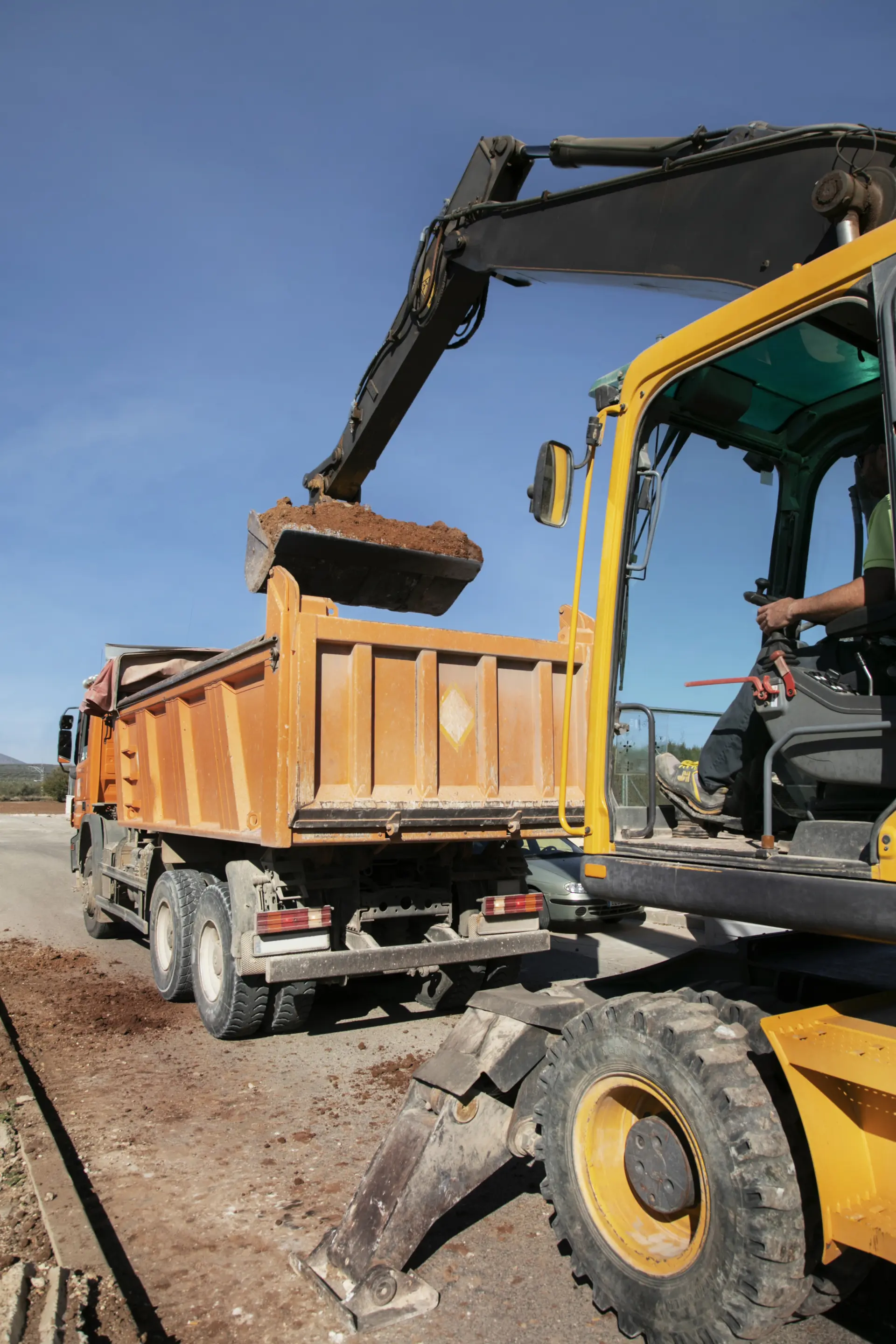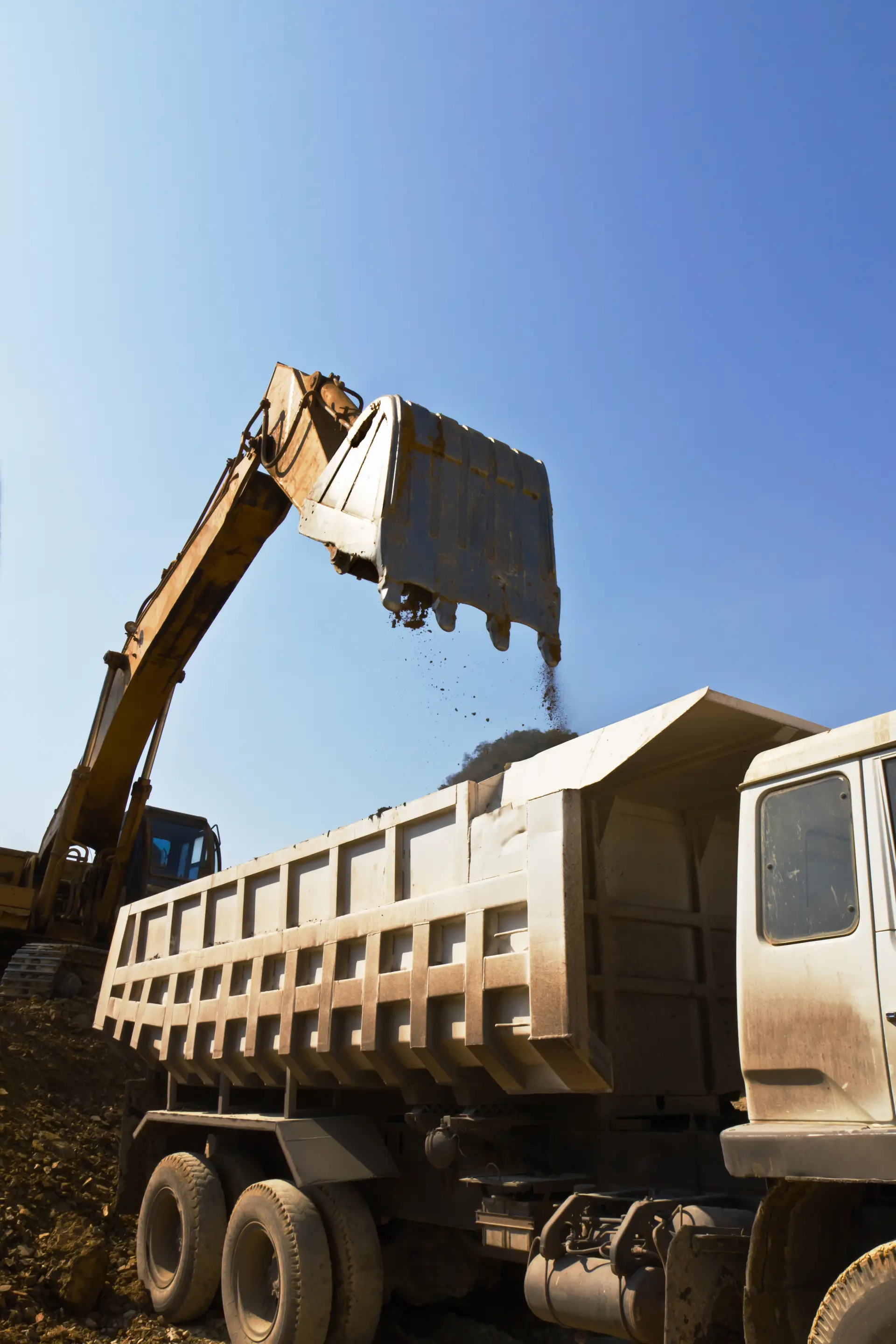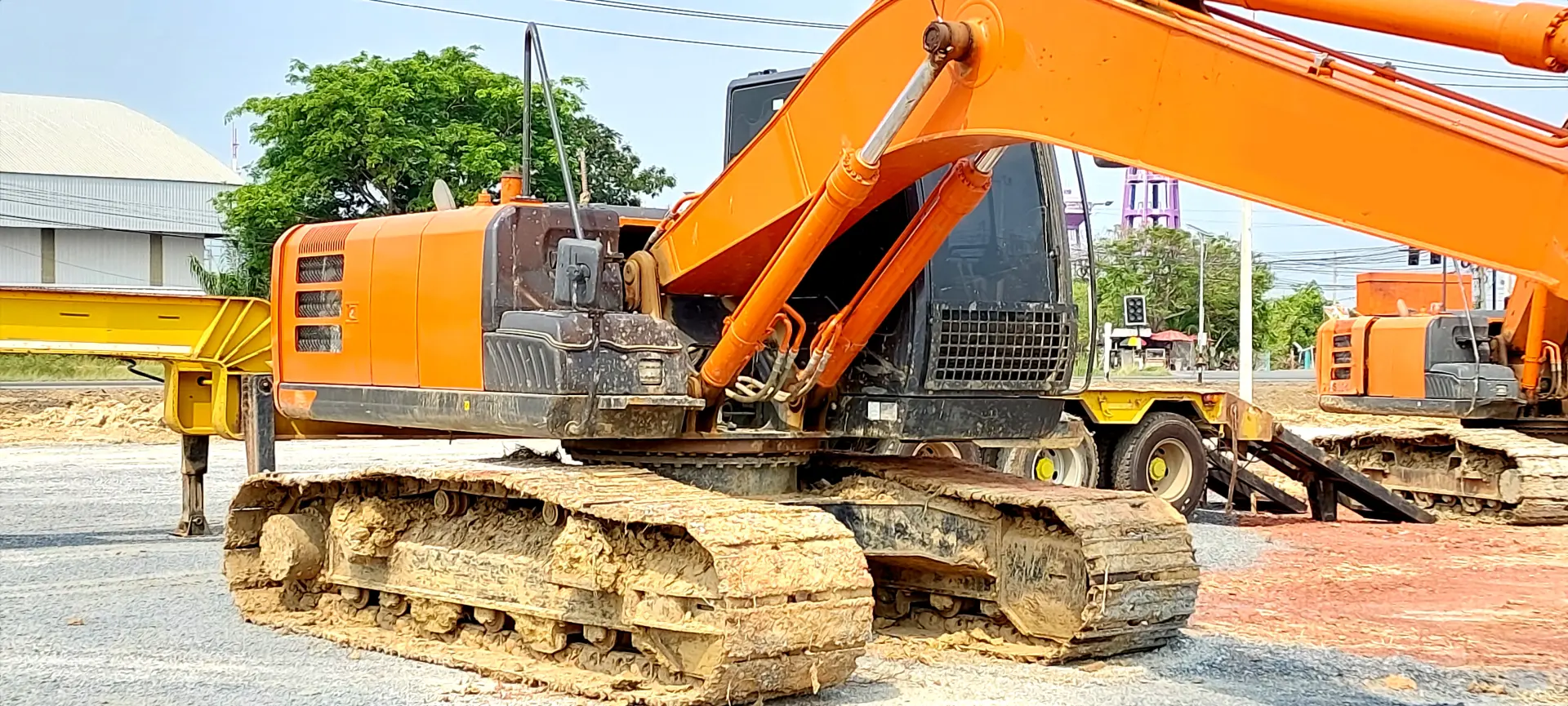What is construction haulage?
Construction haulage is the transport of heavy materials, machinery and waste to and from building sites. Loads can include soil, rubble, aggregates, steel, timber, concrete units and recycled products. It uses specialist lorries, trailers and equipment to move these safely on public roads and around busy sites. Good haulage planning keeps projects running on time and within budget by making sure the right loads arrive when needed.
It also reduces risk by matching trained drivers, safe routes, correct permits and well maintained vehicles to each task. This helps to protect workers, the public, other road users and nearby property while the construction work takes place. Careful planning of construction haulage also cuts fuel use, traffic disruption, noise and avoidable emissions.
Defining the scope of your project
Before you book any haulage, you need to understand the scope of your project in detail. Start by listing every task that will need materials removed or delivered, from initial site clearance to final landscaping and clean up. Include demolition, excavation, foundations, structure, roofing, paving and waste removal. Estimate the quantities for each stage, including a margin for waste, damaged goods and unexpected changes in design.
Next, set a realistic timeline that links deliveries and collections to your build programme, so vehicles are not waiting on site or causing delays to trades. Think about working hours, school times, local events, traffic peaks and any council restrictions when planning this schedule.

Check whether permits, road closures or temporary traffic lights will be needed, and how these might affect timing and cost. Discuss storage space on site, so you do not order more than you can safely stockpile at once. Plan where loads will be placed, how they will be moved to the work area and what plant is required. Finally, record any special requirements, such as fragile loads, hazardous materials, night work, noise limits or delivery curfews.
Share this information with your haulage provider as early as possible so they can design a safe, efficient and compliant plan that supports smooth progress on site. Clear information about the project scope allows the haulage company to choose suitable vehicles, skilled drivers, back up options and realistic prices, helping you avoid surprise charges, missed slots, damaged materials and stressful last minute changes later.
Materials, plant and load types
Construction haulage deals with many different loads, each with its own handling needs and risks. Common materials include aggregates such as sand, gravel and crushed stone, soil and clay, concrete, tarmac, bricks, blocks and demolition waste. Recycled products, like crushed concrete and screened topsoil, are also moved between sites and recycling centres. Plant and machinery can range from small rollers and mini diggers to large excavators, cranes, crushers and screeners.
Some projects need abnormal loads, such as long steel beams, bridge sections, cabins and plant that cannot be broken down. Oversized, fragile or hazardous loads need extra planning, correct securing, protective covers and clear labelling to comply with safety rules and road regulations. These loads may also require trained banks-men.
Choosing the right vehicle and trailer
Picking the right vehicle and trailer is vital for safe and economical construction haulage on any project. Tipper lorries are ideal for loose materials such as soil, rubble and aggregates, because they can unload quickly and safely on site. Grab lorries add a crane with a bucket, allowing loading without separate plant and helping on tight or busy sites.
Low loaders and step frame trailers are used for plant and oversized items, offering strong decks, low heights and easy loading ramps. Beavertail and plant bodies are suitable for smaller machines and access platforms that can drive on and off using fixed ramps. Curtain sided vehicles protect palletised, packaged or weather sensitive goods from rain, dust and road spray.

When choosing, think about weight limits, load dimensions, delivery frequency, tie down points and access at both ends of the journey. Check bridge heights, turning circles, parking space and any time limits for loading or unloading. Remember that some loads may need escort vehicles, pilot cars, special permits or police approval. It is also important to plan how the load will be moved once it has arrived on site, using forklifts, telehandlers, cranes or tracked plant.
A good haulage partner will review your plans, ask clear questions and then match equipment, drivers and routes to your exact needs. Taking time to select the correct combination at the start saves money, reduces damage, prevents delays at weighbridges and inspection points, and supports a safer working environment for everyone involved in the project overall.
Site access, ground conditions and turning space
Even the best haulage plan will fail if the site cannot safely accept the vehicle and load. Check access routes for low bridges, sharp bends, weight limits, parked cars, narrow lanes and tight gateways. On site, assess ground conditions, especially after heavy rain, snow or frost, to avoid vehicles sinking, sliding or becoming stuck. Plan safe turning, parking and reversing areas, with clear signage, barriers and trained banks-men where needed.
Keep loading and tipping zones level, well lit and free from overhead cables, scaffolds and other obstructions so drivers can work safely. Think about pedestrian routes, escape paths and emergency access when deciding where vehicles should travel, stop and unload during the day. Review these points regularly as conditions change.
Michael Gall Transport Limited provide complete construction haulage planning and transport support for projects of all sizes. We assess your materials, plant and load types, choose the right vehicles and trailers, and plan safe routes and timings. Our team also reviews site access, ground conditions and turning areas to deliver efficient, compliant and cost effective haulage.

